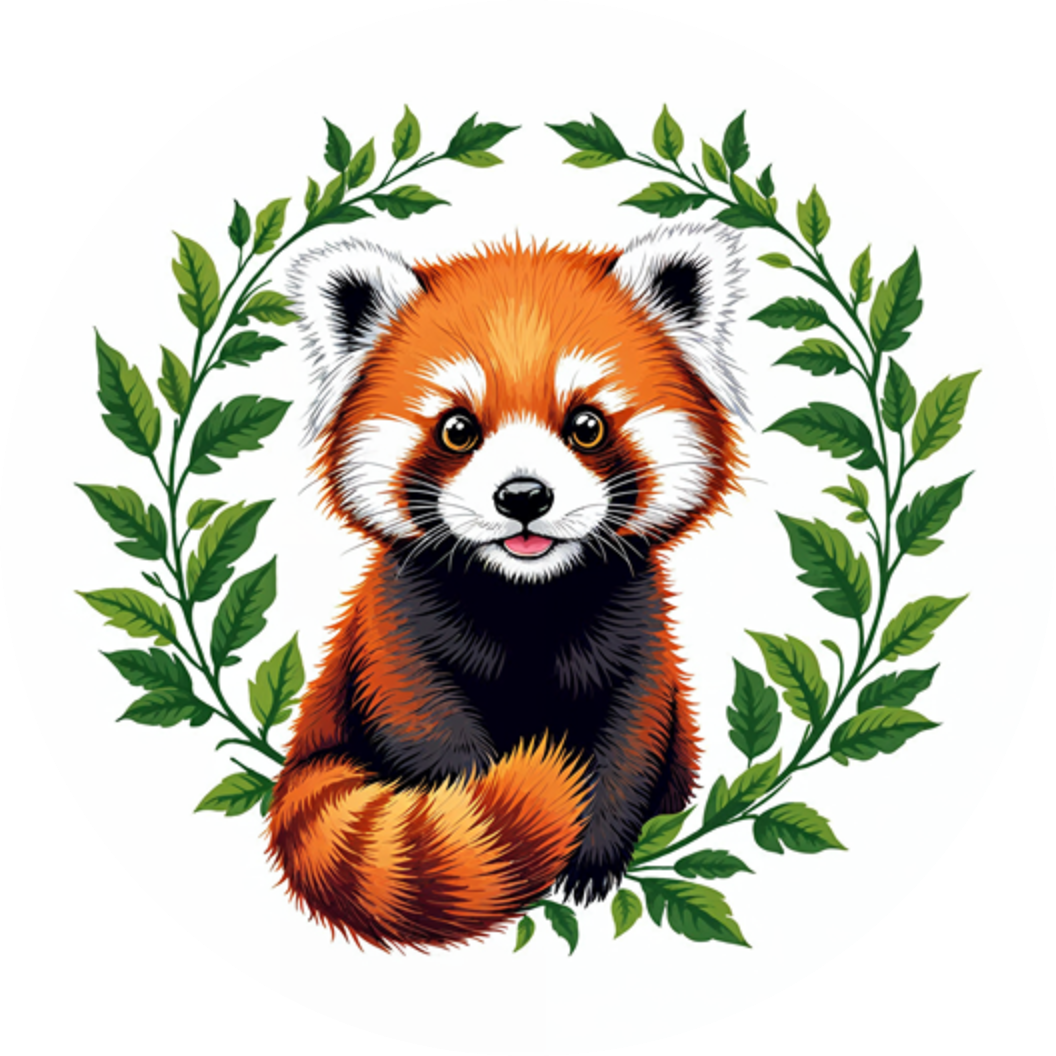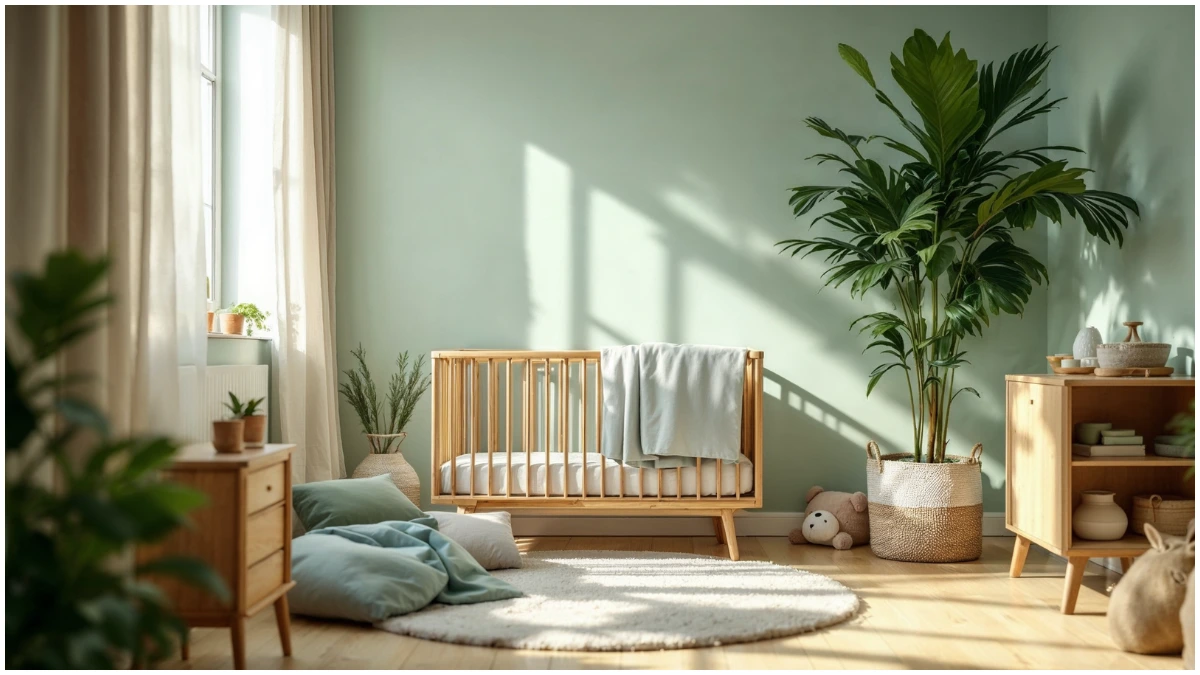Hi, it’s Katrina with you, and welcome back to The Eco-Friendly Life. Today, we’re diving into a topic that’s close to every parent’s heart: finding the best products for their little ones. This article serves as a guide to sustainable baby products, offering environmentally conscious parents insights into making smart, eco-friendly choices. From diapers to baby gear, we’ll explore the many ways you can support both your baby’s health and the planet.
Throughout this guide, we’ll cover the importance of understanding the impact of conventional baby items, the benefits of eco-friendly materials, and how to choose sustainable options for diapering, feeding, and more. Whether you’re a new parent or looking to make greener choices for your growing family, this guide will help you navigate the world of sustainable baby products with confidence and care. Let’s get started!
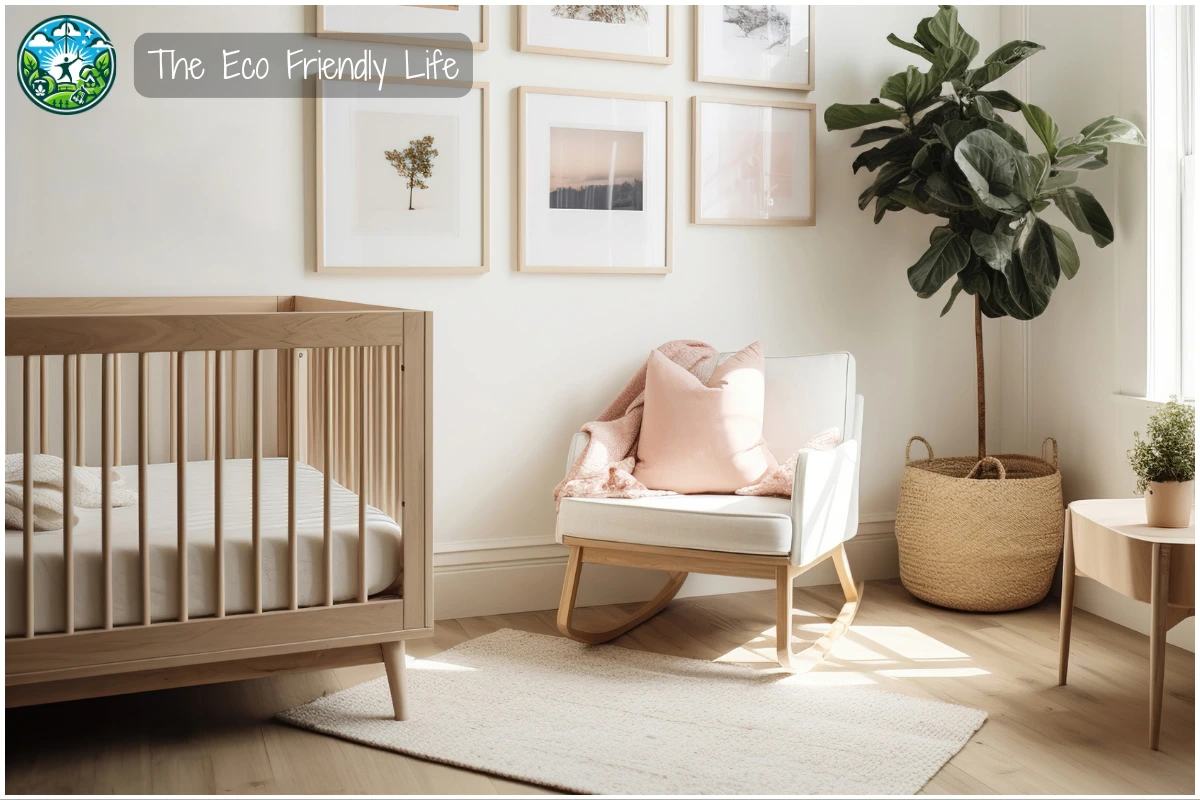
Understanding the Importance of Sustainable Baby Products
Consider sustainable baby products today: It’s easy to get overwhelmed by the vast array of baby products on the market. However, understanding the significance of sustainable baby products can help you make better choices for your family and the planet.
Know the impact of conventional items: Conventional baby products often contribute to significant environmental problems. From the production using non-renewable resources to ending up in landfills, the ecological footprint of these items is huge. Plastics, synthetic fabrics, and chemical-laden items pollute ecosystems and pose health risks.
Choose eco-friendly alternatives wisely: Switching to sustainable alternatives mitigates these environmental impacts. Sourcing products made from renewable resources or recycled materials lessens dependency on finite resources and reduces waste. Items made from organic cotton, bamboo, and other eco-friendly materials are biodegradable or recyclable, making them kinder to our planet.
Prioritize your baby’s health first: Besides environmental benefits, choosing sustainable baby products also protects your little one’s health. Many conventional baby items are made using chemicals like BPA, phthalates, and synthetic fragrances, which can be harmful. Sustainable products are usually free from these toxins, ensuring a safer environment for your baby.
Stay informed with sustainable certifications: Awareness is key to making informed decisions. Look for products that are certified sustainable and ethically produced. Certifications like GOTS, Fair Trade, and Oeko-Tex are good indicators of eco-friendly practices. Supporting brands committed to sustainability not only helps in reducing environmental strain but also encourages ethical practices in the industry.
Comparing Conventional and Sustainable Products
| Category | Conventional Products | Sustainable Products | Description & Benefits |
|---|---|---|---|
| Diapers | Disposable diapers made from synthetic materials | Reusable cloth diapers or biodegradable disposables | Reusable cloth diapers reduce landfill waste and are cost-effective over time. Biodegradable disposables break down faster, minimizing environmental harm. |
| Feeding | Plastic bottles and utensils | Glass bottles, stainless steel bottles, bamboo plates, silicone bibs | Glass and stainless steel bottles are free from harmful chemicals like BPA. Bamboo and silicone products are durable and easy to clean. |
| Clothing | Clothing made from conventional cotton and synthetic fabrics | Organic cotton, bamboo clothing, and minimalist wardrobes | Organic cotton and bamboo are safer for baby’s skin and environmentally friendly. A minimalist wardrobe reduces waste and promotes sustainability. |
| Toys | Plastic toys with synthetic materials | Toys made from wood, organic cotton, or bamboo | Sustainable toys are often more durable, non-toxic, and can be passed down, reducing the need for frequent replacements. |
| Skincare | Products with synthetic fragrances and chemicals | Natural, organic skincare products | Organic skincare avoids exposure to harmful chemicals, protecting the baby’s sensitive skin and supporting sustainable farming practices. |
| Baby Gear | Strollers, carriers, and cribs made from non-sustainable materials | Eco-friendly gear made from organic cotton, bamboo, and responsibly sourced wood | Sustainable baby gear is safer, more durable, and reduces environmental impact. Opting for second-hand gear further reduces waste. |
| Nursing Pads | Synthetic pads | Organic cotton nursing pads | Organic cotton pads are breathable, absorbent, and gentle on the skin, reducing irritation and environmental footprint. |
| Wipes & Containers | Disposable wipes, plastic food containers | Reusable wipes, glass baby food containers | Reusable wipes and glass containers are cost-effective, reduce waste, and are safer for the environment and baby’s health. |
Eco-Friendly Materials and Non-Toxic Choices
Choose materials for a greener future: Choosing materials for baby products isn’t just about aesthetics; it’s a crucial step in ensuring a safe and healthy environment for your child while taking care of the planet. Opting for eco-friendly and non-toxic materials is a smart, sustainable decision that brings several benefits.
Organic cotton is best for babies: Organic cotton stands out as a top choice for baby products. Compared to conventional cotton, it’s grown without harmful pesticides and chemicals, making it safer for both the planet and your baby’s sensitive skin. Whether it’s clothing, bedding, or toys, organic cotton ensures comfort and safety.
Bamboo offers natural softness: Bamboo is another excellent eco-friendly material. It grows quickly without needing lots of water or pesticides, making it a sustainable choice. Baby products crafted from bamboo, like towels and blankets, are incredibly soft and naturally hypoallergenic, perfect for delicate skin.
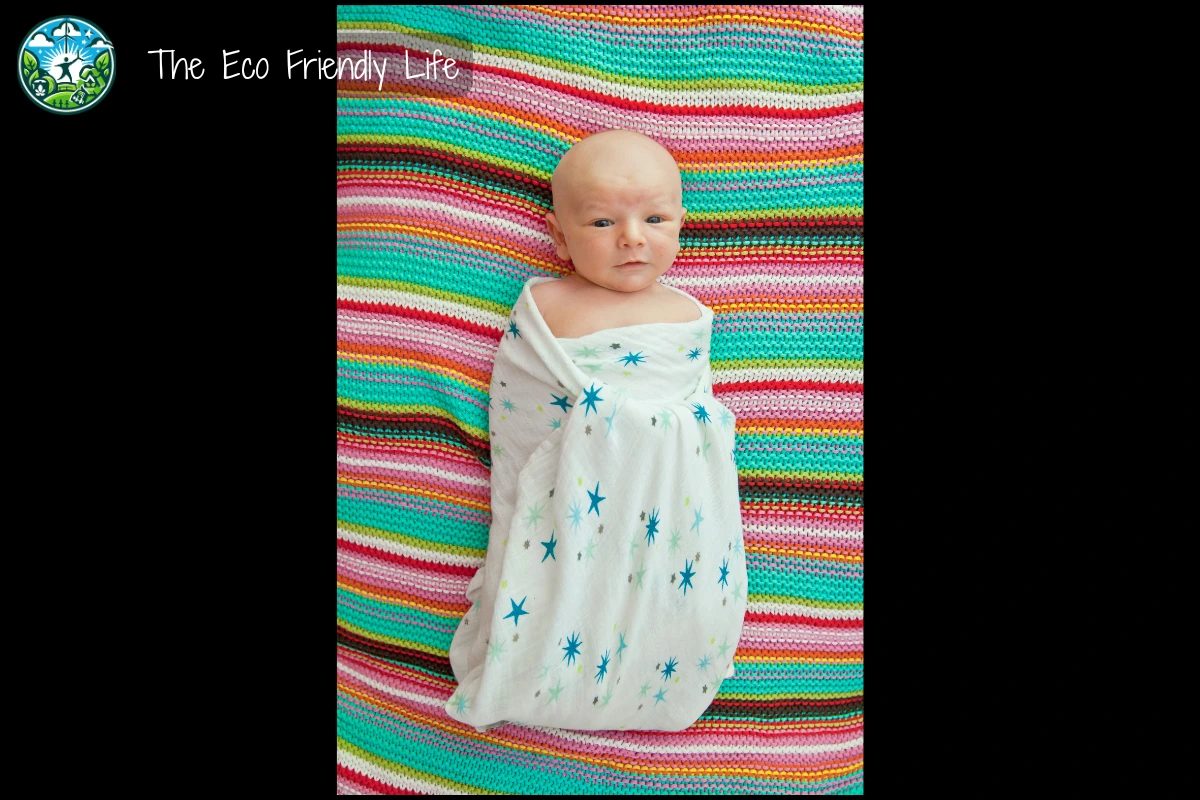
Recycled plastics reduce landfill waste: Recycled plastics play a crucial role in sustainability. Instead of ending up in landfills, plastics get a second life in the form of baby bottles, toys, and other essentials. Opting for products made from recycled materials helps reduce waste and conserve resources.
Avoid chemicals for safer products: Besides materials, avoiding harmful chemicals like BPA, phthalates, and synthetic fragrances is vital. These chemicals can be found in various baby products, from bottles to skincare items, and may pose health risks. Choosing products labeled as chemical-free, BPA-free, and with natural ingredients ensures safer usage.
Sustainable Diapering and Feeding Options
Sustainable diapering makes a difference: Diapering and feeding are daily routines where sustainable choices can have a significant impact. Disposable diapers, while convenient, contribute immensely to landfill waste. That’s why exploring reusable and biodegradable options can make a huge difference.
Reusable cloth diapers save money: Reusable cloth diapers are a fantastic option. Made from materials such as organic cotton and bamboo, they are washable and reusable. Modern cloth diapers come with adjustable fittings and cute designs, making them practical and stylish. The initial investment might be higher, but they save money long-term and reduce waste.
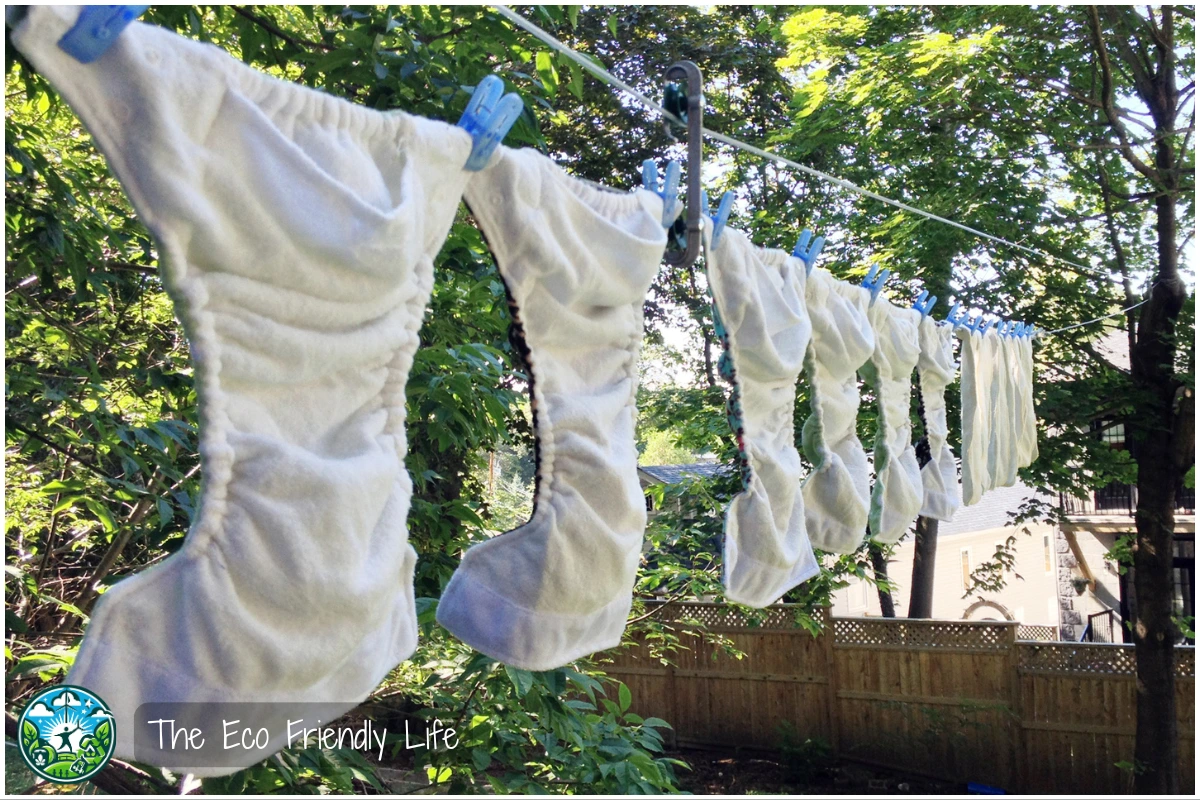
Biodegradable disposables are eco-friendly: For those who prefer disposables, biodegradable diapers are the way to go. These are designed to break down more quickly than traditional disposables, minimizing environmental harm. Look for brands that use sustainable materials and eco-friendly production processes.
Glass bottles offer chemical-free feeding: Feeding time also offers opportunities for sustainable choices. Glass and stainless steel bottles are excellent alternatives to plastic. They are durable, safe, and free from harmful chemicals like BPA. While they might be heavier and more prone to breaking, their benefits far outweigh the cons.
Silicone bibs simplify cleanup time: Silicone bibs are another great addition to your eco-friendly feeding arsenal. Unlike cloth bibs, they are easy to clean, durable, and often made from food-grade silicone, which is safe for your baby. A quick rinse under water and they’re good to go again, reducing the need for constant washing and replacement.
Choose organic cotton for nursing: Lastly, consider organic cotton nursing pads. Traditional nursing pads often contain synthetic materials and chemicals that can irritate sensitive skin. Organic cotton pads are breathable, absorbent, and gentle on the skin, making them a more comfortable and eco-friendly option.
Sustainable Baby Gear and Clothing
Sustainable gear ensures long-lasting use: When it comes to baby gear and clothing, making sustainable choices benefits your child and the environment. High-quality, eco-friendly products ensure safety and durability, minimizing the need for frequent replacements.
Look for eco-friendly baby gear: Strollers, carriers, and cribs are essential items where sustainability can make a noticeable difference. Look for products made from sustainable materials like organic cotton, bamboo, and responsibly sourced wood. These materials are not only better for the environment but also safer for your baby. Brands that focus on durability and longevity help reduce waste, as these products are less likely to end up in landfills.
Second-hand gear is budget-friendly: Consider buying second-hand baby gear. Gently used items can be just as good as new ones but come with a lower environmental impact. Online marketplaces, thrift stores, and community exchanges are great places to find high-quality, pre-loved baby essentials. Ensuring these items are safe and meet current standards is crucial.
Organic clothing keeps baby comfortable: Eco-friendly baby clothing is another area to focus on. Clothing made from organic, fair-trade, and sustainable materials is not only softer and safer for your baby but also better for the planet. Organic cotton, bamboo, and other natural fibers are excellent choices. Ethical brands often ensure their production processes are environmentally friendly and that workers are paid fair wages.
Minimize your baby’s wardrobe wisely: Opt for a minimalist wardrobe for your baby. Babies grow quickly, so having fewer, high-quality pieces that mix and match well can reduce waste and clutter. Swap clothing with friends or family or participate in community clothing swaps to keep your baby’s wardrobe fresh without constantly buying new items.
Guidelines for Sustainable Parenting
Embrace a sustainable parenting lifestyle: Embracing sustainable parenting goes beyond just the products you choose; it’s a lifestyle that can set a strong example for your children. Minimalism and multi-purpose items are key aspects of this approach. Opting for fewer, higher-quality items that serve multiple functions can significantly reduce waste and clutter. For instance, convertible cribs that turn into toddler beds or carriers that adjust as your baby grows are practical, eco-friendly investments.
Support brands with ethical practices: Supporting companies that follow ethical manufacturing practices is another essential step. Brands that ensure fair labor practices and environmentally responsible manufacturing contribute to a more sustainable future. Look for certifications like Fair Trade and GOTS, which indicate that products meet high sustainability standards.
Zero-waste options are cost-effective: Zero-waste baby essentials are also worth considering. Reusable wipes, glass baby food containers, and wooden toys are excellent replacements for single-use or plastic items. These options not only reduce waste but also often have a longer lifespan, making them more cost-effective in the long run.
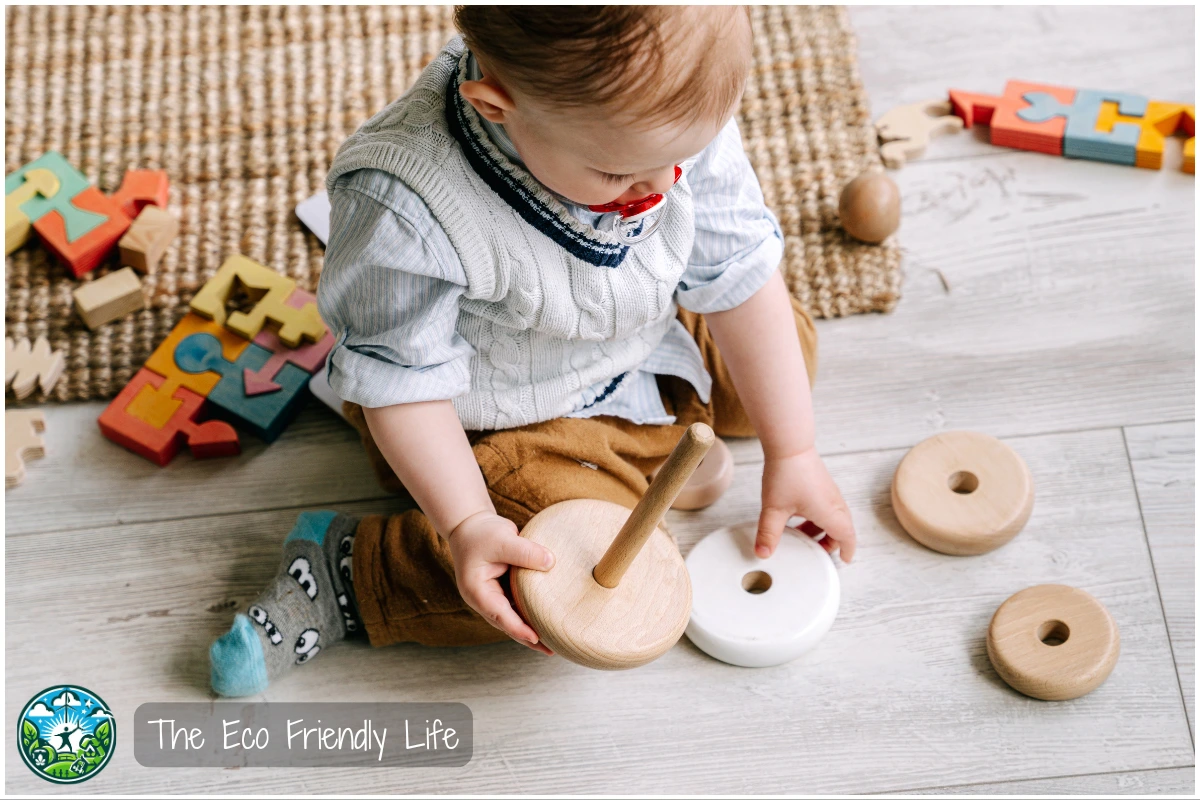
Balance cost and value effectively: Balancing the cost versus value of sustainable products is crucial. While eco-friendly items often come with a higher upfront cost, they tend to offer long-term savings and are usually more durable. Community and second-hand options, such as thrift stores and online marketplaces, are great for finding affordable, sustainable baby products.
Model sustainable practices for children: Parents play a significant role in modeling sustainable practices to their children. Demonstrating eco-friendly habits, like recycling and choosing sustainable products, teaches them the importance of caring for the environment from a young age. Engaging in community initiatives or local sustainability projects can further instill these values.
Conclusion
In conclusion, choosing sustainable baby products is not just a trend but a meaningful decision for both your family and the environment. By opting for eco-friendly materials and non-toxic alternatives, you protect your baby’s health while contributing to a healthier planet.
We encourage you to take the time to research and select products that align with your values and priorities. Whether it’s sustainable diapering, feeding, or gear, each choice you make can positively impact the world your child will inherit.
Thank you for reading and for taking steps toward a more sustainable future. Until our next discussion opt for sustainable solutions and make a lasting impact!

